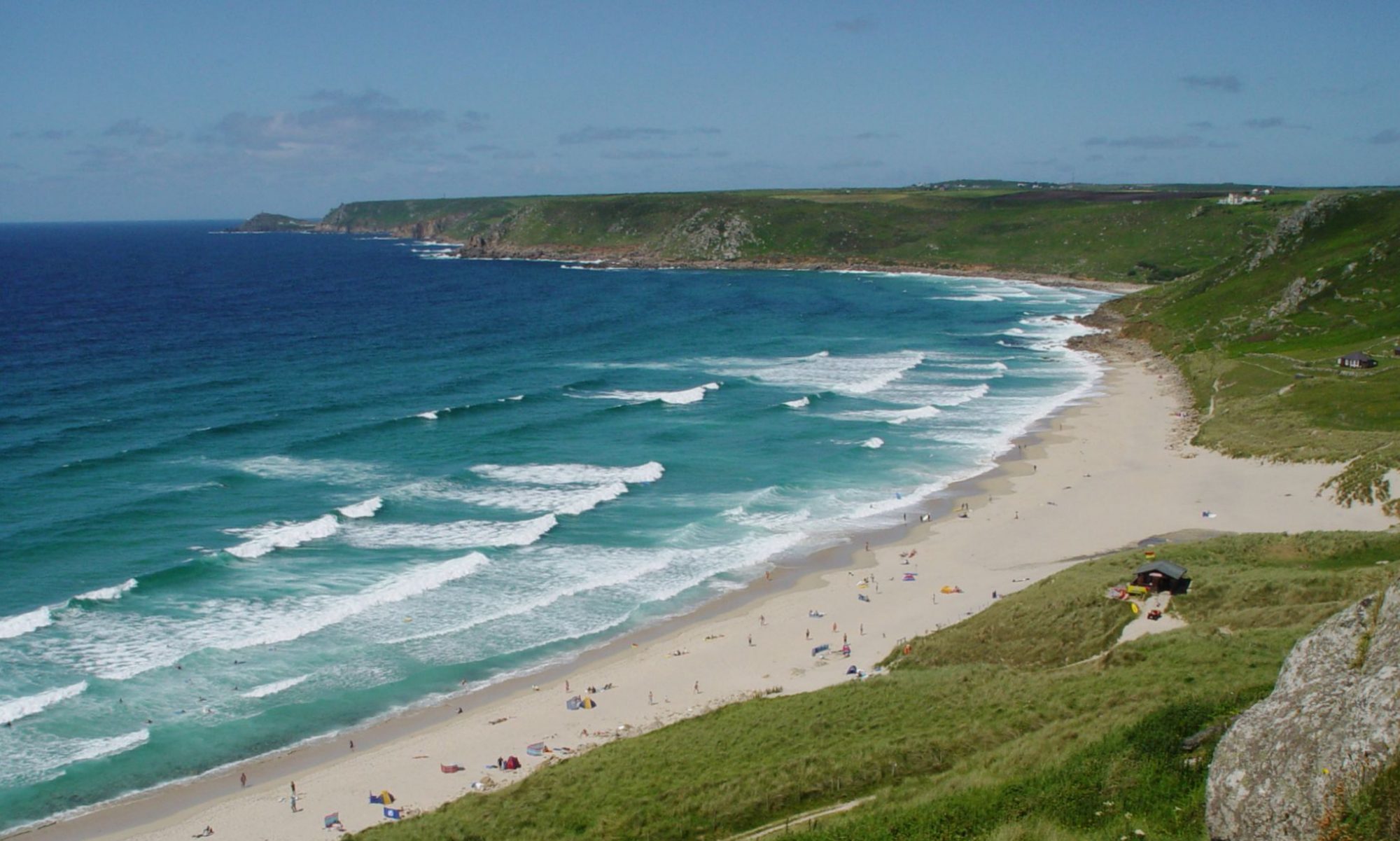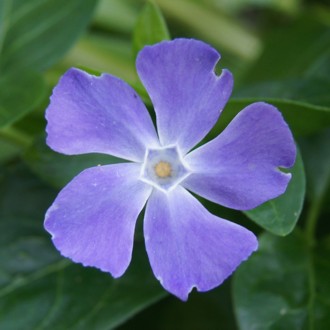Wildflowers around Sennen Cove
Birds seen in Sennen Cove
Aquatic Wildlife
Dolphins – Pods of dolphins can often be spotted in and around Whitesand Bay. The most common species is the common dolphin (delphinus delphis) although other species such as the common bottlenose dolphin (tursiops truncatus), the white-beaked dolphin (lagenorhynchus albirostris) and Risso’s dolphin (grampus griseus) also visit the area.
Harbour Porpoises (phocoena phocoena) – similar in appearance to dolphins, the harbour porpoise is usually a more solitary creature, but they do sometimes hunt in packs. Adult harbour porpoise usually grow to between 1.4 and 1.9 metres long and are smaller than the common dolphin, which are usually between 1.9 and 2.5 metres as adults.
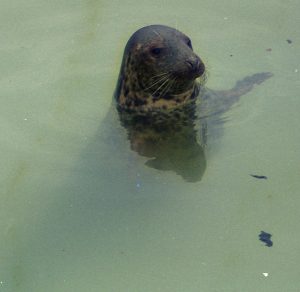
Seals – Grey seals (halichoerus grypus) are regular visitors to Sennen Cove and they can often be seen with their heads bobbing above the waves or lounging on the rocks. Like dolphins, they can sleep with one half of their brain at a time, so they can avoid drowning while asleep and stay alert to hazards such as boats and their only natural predator, the killer whale.
The largest male grey seals can weigh up to 350 kg and be up to 2.8 metres in length, making then the largest land-breeding animal in the UK.
Most male grey seals live to around 25 years old, although the oldest recorded female reached 46 years old.
Despite the name, the common or harbour seal (phoca vitulina) is much less common than the grey seal in the seas around Cornwall, although they can occasionally be spotted. They are slightly smaller than the grey seal without such a pronounced dog-like snout.
The Cornish word for seal is Ruen.
If you’re a fan of seals, be sure to visit the Cornish Seal Sanctuary near Gweek, or try a boat trip to Seal Island near St Ives to see a seal colony (or rookery) in the wild.
Basking Sharks (cetorhinus maximus) – these are the second largest living species of fish (after the whale shark), with some adults reaching nearly eight metres in length. But down worry, they’re harmless filter feeders, eating only plankton, and don’t attack humans. They can often be seen drifting just off the coast with even their open white mouths visible through the clear water.
Reptiles
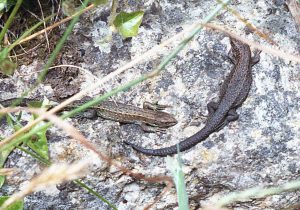
Common Lizards (zootoca vivipara) – the common lizard is also known as the viviparous lizard meaning that it can give birth to live offspring as well as laying eggs. They usually grow to between 5 and 7 cm long although they can reach up to 15 cm. Common lizards can often be spotted sunning themselves on rocks and are able to shed their tails to escape predators, which will then slowly grow back.
Sand Lizards (lacerta agilis) – the sand Lizard is extremely rare and has only recently been re-introduced to Cornwall. Sand Lizards are slightly longer and stockier than common lizards and can grow up to 20 cm long. As the name suggests, they live on sand dunes, such as those found behind Sennen Beach, although they can also be found on heathland. Sand Lizards are sandy brown in colour, although the males have green flanks.
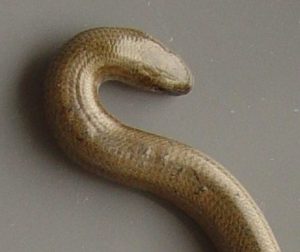
Slow Worms (anguis fragilis) – this is a type of legless lizard resembling a snake. Slow worms are harmless and usually grow to around 40 to 45 cm long.
Grass Snakes (natrix natrix) – these snakes are not venomous and are usually very shy and play dead as a defence mechanism. They can be distinguished from adders as they don’t have a zigzag pattern on their backs. Grass Snakes are usually slightly longer than adders with adults growing up to a metre in length.
Adders (vipera berus) – the common European adder or viper is the UK’s only species of venomous snake. It is extremely rare for a snake to bite a human in Cornwall, although all snakes should be treated with caution. If you are one of the unlucky few bitten by a snake you should seek medical attention, although it is unlikely to cause a serious problem. Adders usually have a zigzag pattern along their back and a ‘V’ or ‘X’ shaped marking on their head. Full grown adders are usually between 60 and 80 cm long. As with all native reptiles, it is illegal to intentionally kill or harm an adder in the UK.
